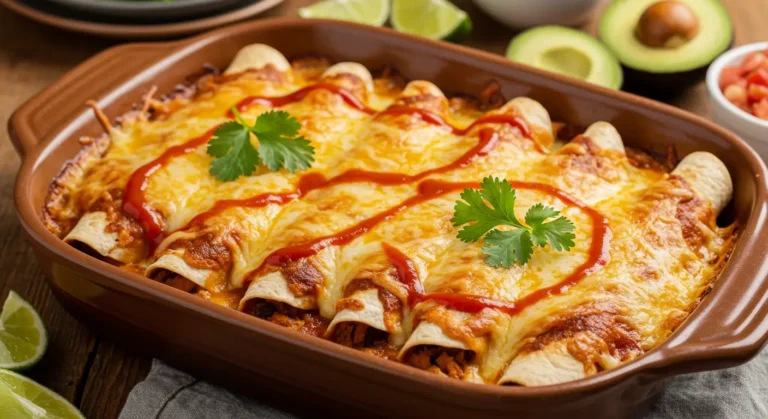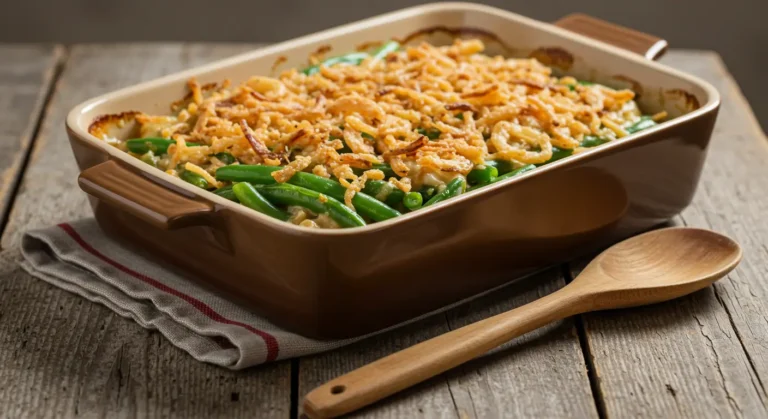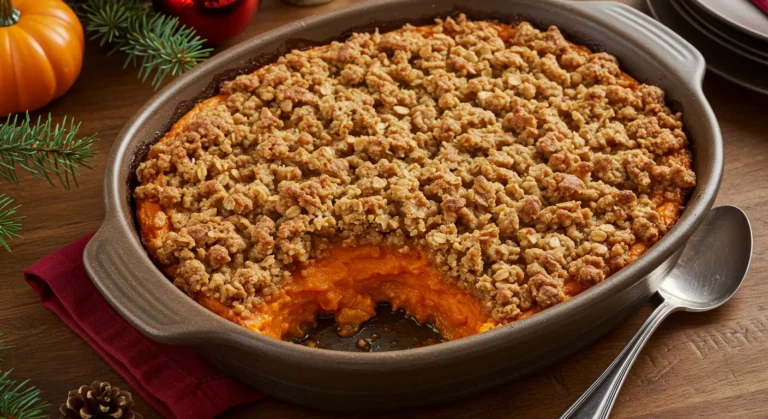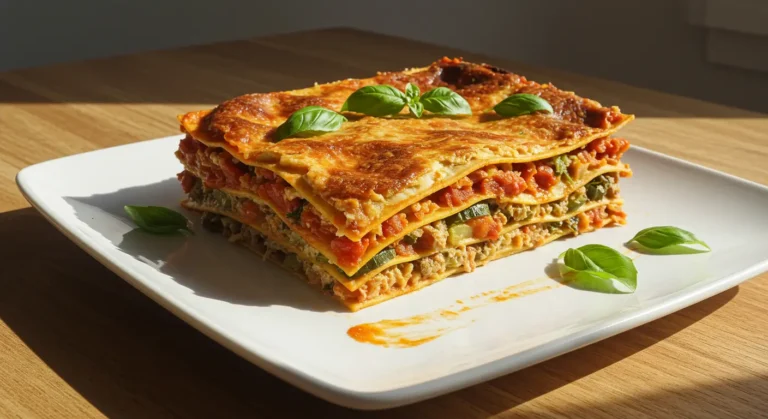Neapolitan Pizza: The Best Classic Recipe to Try Today
Have you ever wondered why authentic Neapolitan pizza commands such reverence among culinary enthusiasts worldwide, with its impossibly thin crust achieving the perfect balance between charred leopard spots and tender chew? This iconic Italian creation, born in the bustling streets of Naples, represents more than just a meal – it’s a testament to the artistry of simple ingredients transformed through traditional technique.
The secret lies not in complex preparations, but in understanding how flour, water, salt, and yeast dance together under intense heat to create pizza perfection. When you master this neapolitan pizza recipe, you’re not just making dinner; you’re participating in a centuries-old tradition that has captivated taste buds across continents. This veggie main dish recipe celebrates the pure essence of Italian cooking, where quality ingredients shine without unnecessary embellishment.
Table of Contents
Ingredients List
For this neapolitan pizza you’ll need the following carefully selected ingredients that will transport your kitchen into a Neapolitan pizzeria. The beauty of this recipe lies in its simplicity, requiring just a handful of premium components that work in perfect harmony.
For the Dough:
- 500g tipo 00 flour (or substitute with bread flour for similar results)
- 325ml lukewarm water (filtered water preferred for best flavor)
- 10g fine sea salt (avoid table salt as it can affect yeast activity)
- 3g active dry yeast (or 2g fresh yeast if available)
- 15ml extra virgin olive oil
For the Toppings:
- 400g San Marzano tomatoes, crushed by hand
- 250g fresh mozzarella di bufala, torn into chunks
- Fresh basil leaves, about 20-25 leaves
- Extra virgin olive oil for drizzling
- Fine sea salt to taste
- Semolina flour for dusting
Timing
This neapolitan pizza requires patience and planning, as the extended fermentation process is crucial for developing the characteristic flavor and texture that makes this recipe exceptional.
- Preparation Time: 30 minutes (active mixing and shaping)
- Rising Time: 24-72 hours (slow fermentation for optimal flavor development)
- Assembly Time: 10 minutes per pizza
- Cooking Time: 90 seconds to 2 minutes per pizza in a wood-fired oven (8-12 minutes in home oven)
- Total Time: 25-73 hours (including fermentation)
Step-by-Step Instructions
Step 1: Creating the Perfect Dough Foundation
Begin by dissolving the yeast in lukewarm water, allowing it to bloom for 5 minutes until it becomes frothy and aromatic. In a large mixing bowl, combine the tipo 00 flour and sea salt, creating a well in the center. Pour the yeast mixture and olive oil into the well, then gradually incorporate the flour using a wooden spoon or your hands. The dough will initially appear shaggy and rough – this is perfectly normal and expected.
Step 2: Developing Gluten Through Proper Kneading
Turn the dough onto a lightly floured surface and knead for 10-12 minutes until it transforms from a rough mass into a smooth, elastic ball. The dough should feel supple and slightly tacky but not sticky. If it adheres too much to your hands, incorporate tiny amounts of flour gradually. The windowpane test works perfectly here – stretch a small piece of dough; it should be thin enough to see light through without tearing.
Step 3: The Crucial Fermentation Process
Place the kneaded dough in a lightly oiled bowl, cover with a damp cloth, and let it rise at room temperature for 2 hours. After this initial rise, transfer the dough to the refrigerator for slow fermentation lasting 24-72 hours. This extended cold fermentation develops complex flavors and creates the signature airy texture that distinguishes authentic neapolitan pizza from ordinary versions.
Step 4: Dividing and Shaping Individual Portions
Remove the dough from refrigeration 30 minutes before shaping to allow it to come to room temperature. Gently divide into 4 equal portions (approximately 200g each) using a bench scraper or sharp knife. Shape each portion into a smooth ball by tucking the edges underneath, then place on a floured surface, cover with a damp towel, and let rest for 30 minutes.
Step 5: Stretching the Perfect Base
Working with one dough ball at a time, gently stretch from the center outward using your fingertips, leaving a slightly thicker border for the crust. Avoid using a rolling pin, as this will deflate the carefully developed air bubbles. The finished base should be approximately 10-12 inches in diameter with a thin center and a slightly puffy edge. Dust with semolina to prevent sticking.
Step 6: Assembly and Topping Application
Spread a thin layer of crushed San Marzano tomatoes across the surface, leaving the border clean. Distribute torn mozzarella chunks evenly, ensuring not to overload the pizza. Less is more with authentic neapolitan pizza – the toppings should complement, not overwhelm, the delicate crust.
Step 7: The Final Bake
If using a wood-fired oven, slide the pizza onto the hot stone and bake for 90 seconds, rotating halfway through. For home ovens, preheat to maximum temperature (usually 500-550°F) with a pizza stone inside, then bake for 8-12 minutes until the crust develops beautiful leopard spots and the cheese bubbles vigorously. Finish with fresh basil leaves and a drizzle of premium olive oil.
Nutritional Information
For a serving of this neapolitan pizza (one quarter of the recipe), you’ll receive a well-balanced combination of macronutrients that makes this veggie main dish both satisfying and nutritious:
- Calories: 485 per serving
- Carbohydrates: 68g
- Protein: 18g
- Fat: 16g
- Fiber: 3g
- Sodium: 890mg
- Calcium: 280mg
- Iron: 4mg
Healthier Alternatives for the Recipe
Transform your neapolitan pizza into a healthier version with these modifications that maintain authentic flavors while boosting nutritional value:
- Whole wheat flour substitution: Replace 25% of tipo 00 flour with whole wheat flour for added fiber and nutrients without compromising texture significantly
- Reduced-fat mozzarella: Use part-skim mozzarella to decrease saturated fat content while maintaining protein levels
- Vegetable additions: Incorporate thinly sliced zucchini, bell peppers, or cherry tomatoes for increased vitamin content and antioxidants
- Herb-infused oil: Create a blend of olive oil with fresh herbs like oregano and thyme to add flavor without extra calories
- Cauliflower crust option: For those avoiding gluten, substitute traditional dough with a cauliflower-based alternative
- Dairy-free cheese: Use cashew-based or nutritional yeast alternatives for those with lactose intolerance
Serving Suggestions
Elevate your neapolitan pizza experience with these ideas that complement the authentic Italian flavors and create a memorable dining experience:
- Serve alongside a crisp arugula salad dressed with lemon vinaigrette to balance the rich cheese flavors
- Pair with a light Italian wine such as Chianti Classico or Pinot Grigio for an authentic regional experience
- Create a antipasto platter featuring olives, roasted peppers, and cured meats as appetizers
- Offer high-quality aged balsamic vinegar for drizzling over finished pizzas
- Present with fresh burrata cheese as an optional premium topping for special occasions
- Accompany with homemade garlic bread using leftover pizza dough
Common Mistakes to Avoid
Master this neapolitan pizza by avoiding these pitfalls that can compromise the authentic texture and flavor you’re working to achieve:
- Over-kneading the dough: Excessive kneading develops too much gluten, resulting in a tough, chewy crust instead of the desired tender texture
- Skipping the long fermentation: Rushing the process prevents proper flavor development and creates a dense, heavy base
- Overloading with toppings: Traditional Neapolitan pizza celebrates simplicity; too many ingredients make the crust soggy and overwhelm delicate flavors
- Using the wrong flour: Regular all-purpose flour lacks the protein content needed for proper gluten development in authentic recipes
- Rolling instead of stretching: Rolling pins eliminate the air bubbles crucial for the characteristic airy crust texture
- Insufficient oven temperature: Low temperatures prevent the rapid cooking that creates the signature charred spots and tender interior
Storing Tips for the Neapolitan Pizza Recipe
Preserve the freshness of your neapolitan pizza with these strategies that maintain quality and extend enjoyment of your homemade creation:
- Dough storage: Prepared dough balls can be refrigerated for up to 5 days or frozen for 3 months in airtight containers
- Pre-baked crust preservation: Cool completely before wrapping in plastic wrap and refrigerating for up to 2 days
- Leftover pizza storage: Wrap individual slices in parchment paper, then aluminum foil, and refrigerate for up to 3 days
- Reheating techniques: Use a cast-iron skillet over medium heat for 2-3 minutes, then cover to melt cheese, maintaining crust crispness
- Sauce storage: Unused tomato sauce keeps in the refrigerator for 1 week or can be frozen in ice cube trays for portion control
- Cheese preservation: Store fresh mozzarella in its brine in the refrigerator and use within 5 days of opening
Conclusion
This authentic neapolitan pizza recipe transforms simple ingredients into an extraordinary culinary experience through traditional techniques and patient fermentation. The combination of perfectly developed dough, quality San Marzano tomatoes, and fresh mozzarella creates a harmonious balance that has satisfied food lovers for generations. Success lies in respecting the process, using premium ingredients, and understanding that great pizza cannot be rushed.
Ready to embark on your Neapolitan pizza journey? Try this recipe and share your results in the review section below – we love hearing about your pizza-making adventures and seeing photos of your creations.
Craving more Italian flavor? Try this delicious Ditalini Pasta Recipe next.
FAQs
Can I make neapolitan pizza without a pizza stone? Yes, you can use an inverted baking sheet or cast-iron pan preheated in the oven, though a pizza stone provides superior heat distribution and crust texture.
Why is my neapolitan pizza dough too sticky to work with? Sticky dough usually indicates too much hydration or insufficient gluten development; try kneading longer or adding small amounts of flour gradually until manageable.
What’s the difference between tipo 00 flour and regular flour? Tipo 00 flour is finely milled Italian flour with moderate protein content, creating a more tender crust than bread flour while still providing adequate gluten structure.
How can I tell when my neapolitan pizza is properly cooked? Look for golden-brown leopard spots on the crust, bubbling cheese, and a slightly charred edge; the bottom should sound hollow when tapped.
Your Feedback Matters
There are no reviews yet. Be the first one to write one.








One Comment
Comments are closed.